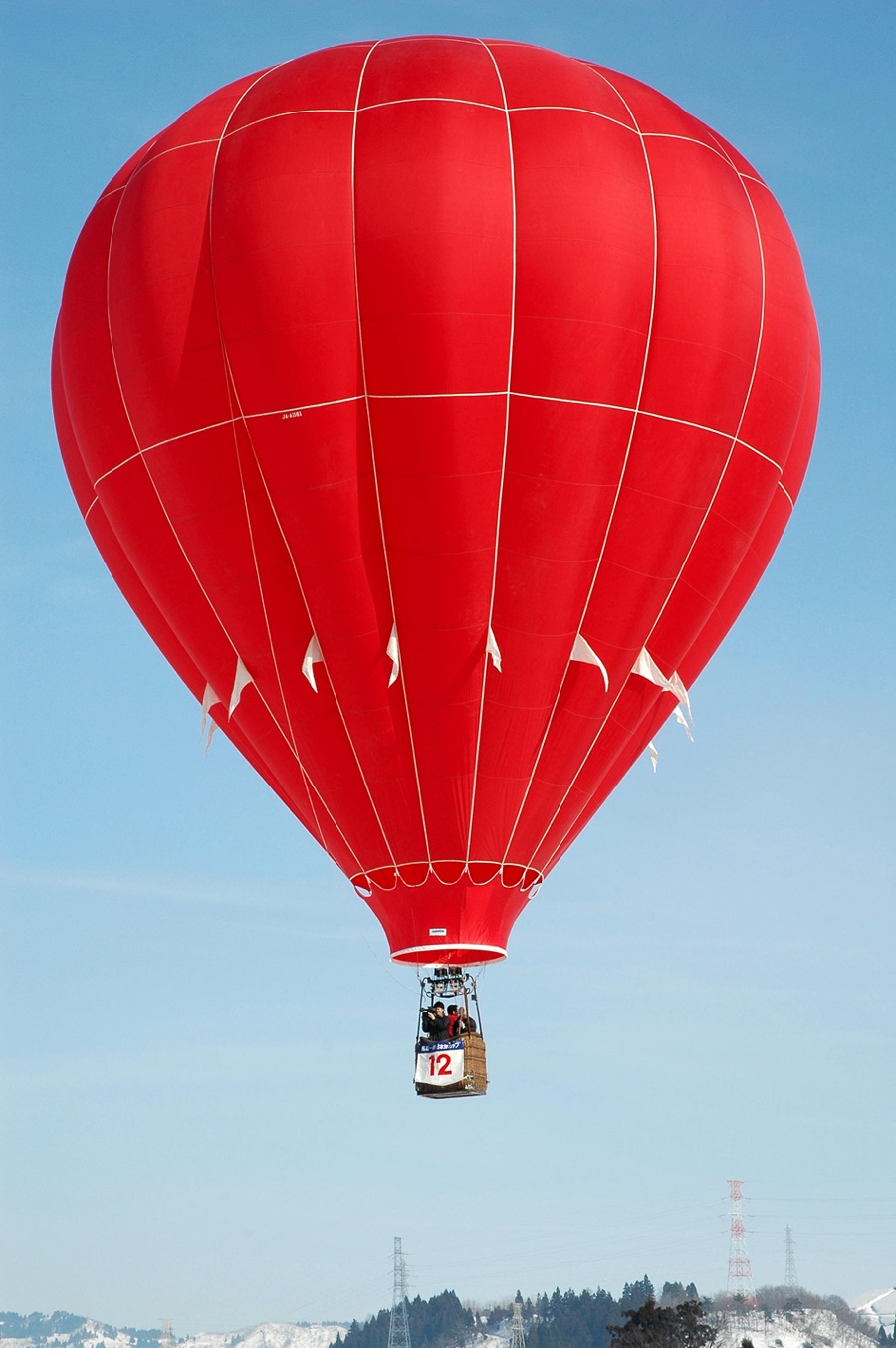Ayres Rock
Uluṟu, also known as Ayers Rock, is a large sandstone rock formation in the southern part of the Northern Territory, central Australia. It lies 335 km (208 mi) southwest of the nearest large town, Alice Springs; 450 km (280 mi) by road. Together with Kata Tjuṯa, Uluṟu forms one of two landmarks that are the main features of the Uluṟu - Kata Tjuṯa National Park. Uluṟu is sacred to the Pitjantjatjara and Yankunytjatjara, the Aboriginal people of the area. It has many springs, waterholes, rock caves and ancient paintings. Uluṟu is listed as a World Heritage Site for its natural and man-made attributes.
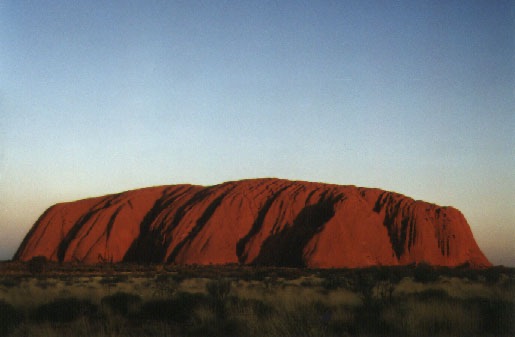
Ayers Rock is in the Northern Territory, Australia. It is located 450km south west of Alice Springs. It rises 867metres above sea level. It is 2.4km long and 1.6km wide.
There is a great deal to enjoy in this park, including the magnificent views, photography, sunset and sunrise over the rock and walks up and around both the Uluru and Kata Tjuta.
Apart from the sheer size of Uluru, there is also the fact that at different times during the day, depending on the light and various other atmospheric conditions, the rock actually changes color, never remaining the exact same permanent hue.
The Aboriginal name for Ayers Rock is Urulu which doesn't have any known meaning. The famous rock was named after the South Australia premier Henry Ayers in 1873 by William Gosse, and the mountains were called after Queen Olga of Spain a year earlier by Ernest Giles.
These two men were part of rival groups exploring the area back in the 1870s. Baldwin Spencer came to the area in 1894 and was one of the first white settlers to recognize the importance of Aboriginal anthropology that was in evidence in the area. Other white people followed them, including the missionaries. The meeting of the two cultures was far often far from ideal, with great differences clearly emerging.
The area formed a part of the Peterman Aboriginal Reserve for some years and in 1950 the National Park was established. This followed the completion of the first graded road in the area some two years earlier.
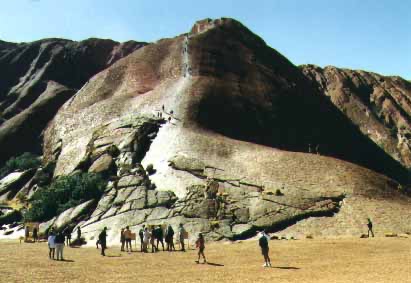
In November of 1984 the Hawke Government announced that it was going to ensure the transfer of ownership of Uluru to the Aboriginals of the area. This officially took place in October of 1985, following which an arrangement came into being whereby the land was leased back for use as a National Park, although many of the sacred sites which are associated with the legends of the Dreamtime are not open for public inspection.
It has been estimated that these people have lived in the area for an amazing 22,000 years, and over that period of time they have acquired all of the vital skills and information which has allowed them to survive the harsh climate.
The Sails Hotel
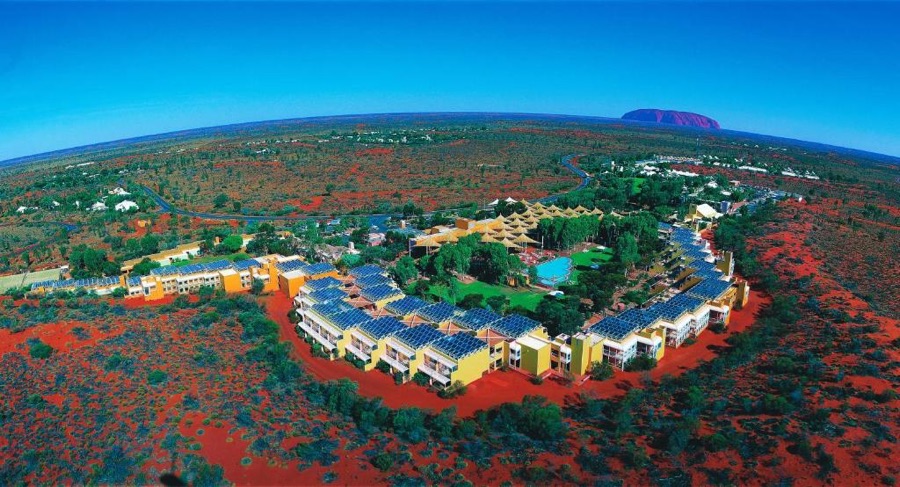
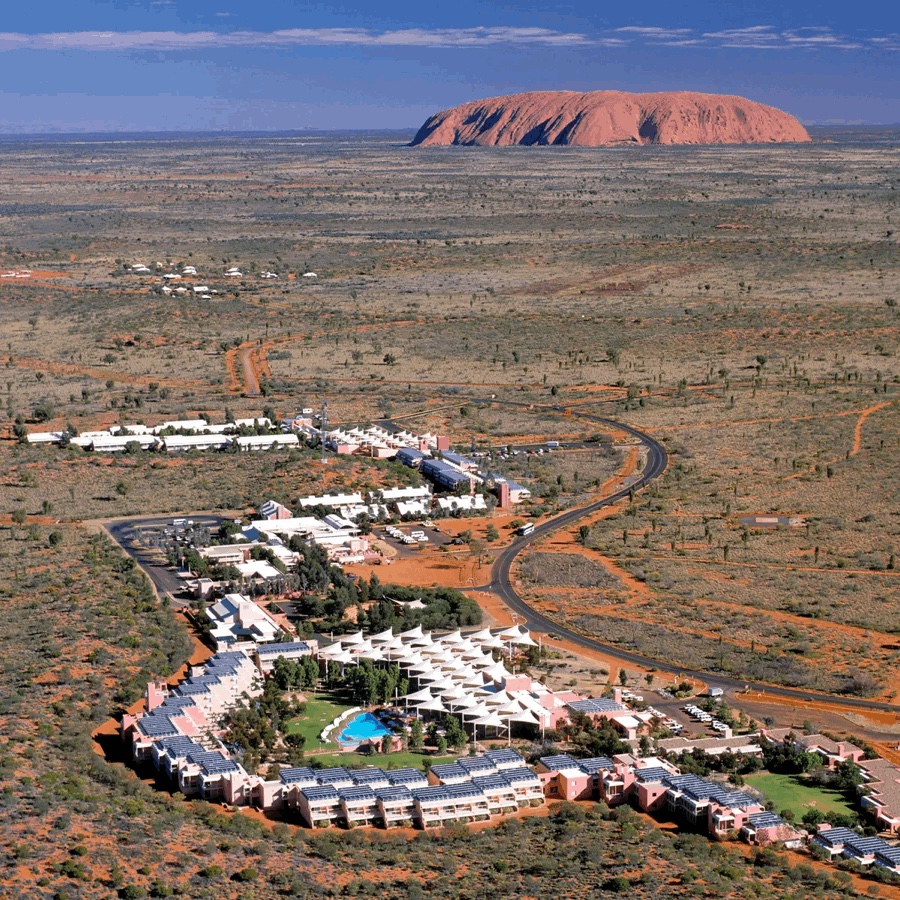
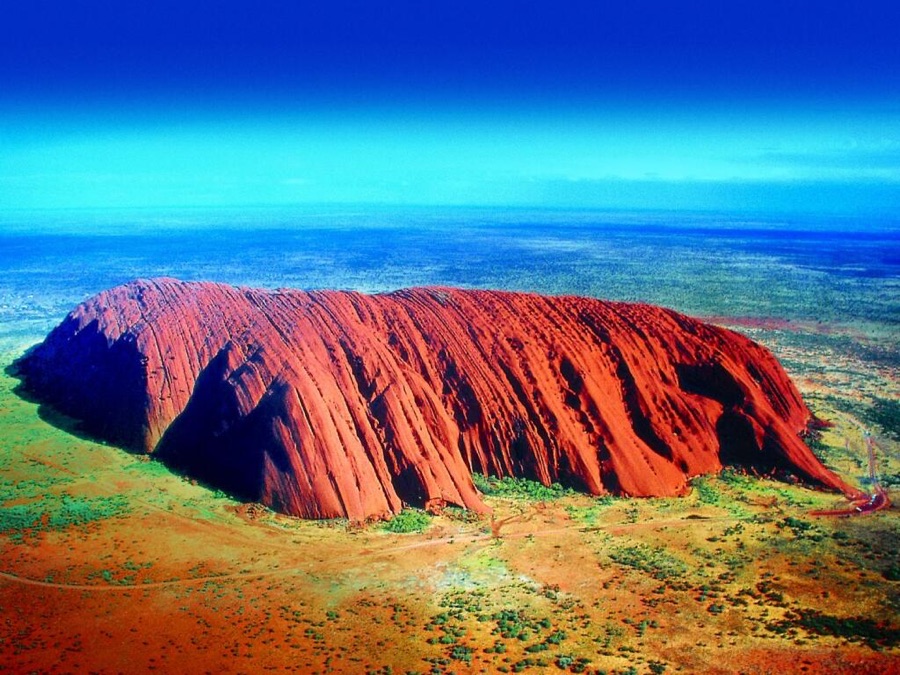
Sue & Beer? No Way

Yes way! It was sooooo hot in the outback that beer sounded good to Sue. She tried Hahn Ice and it was like a match made in heaven! We drank a tub of Hahn Ice while in the outback. Too bad they do not sell it in the US!
Hot Air Ballooning
At 4:00 am the alarm clock went off and so did we.. to the hot air balloon ride over the peaceful Australian desert. We landed after a couple of hours to a wonderful breakfast prepared in the great out of doors. We remember the pilots use of GPS which was kind of neat seeing Sue's baby at work!
The hot air balloon is the oldest successful human-carrying flight technology, dating back to its invention by the Montgolfier brothers in Annonay, France in 1783. The first flight carrying humans was made on November 21, 1783, in Paris by Jean-François Pilâtre de Rozier and François Laurent d'Arlandes.
Hot air balloons that can be propelled through the air rather than just being carried along by the wind are known as airships or, more commonly, thermal airships.
A hot air balloon consists of a bag called the envelope that is capable of containing hot air. Suspended beneath is the gondola or wicker basket (in some long-distance or high-altitude balloons, a capsule) which carries a source of heat capable of producing a sufficient temperature gradient between the air inside the envelope and the surrounding air mass to give enough lift to keep the balloon and its passengers aloft.
Unlike gas balloons, the envelope does not have to be sealed at the bottom since the rising hot air only exerts pressure on the upper hemisphere of the balloon to provide lift.
In today's sports balloons the envelope is generally made from nylon fabric and the mouth of the balloon (closest to the burner flame) is made from fire resistant material such as Nomex.
The Music
The Dying Stockman - Australian folk song about the bush and the very harsh life our heroic early settlers had to endure. The dry inland areas of Australia have many large cattle and sheep stations.
A Monolith
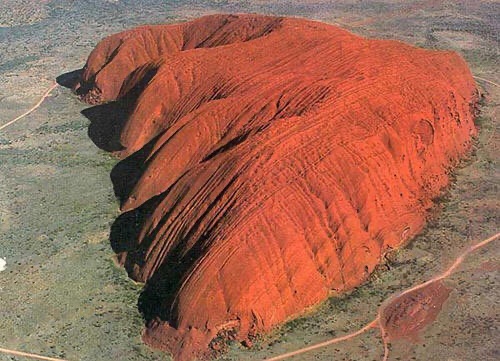
Ayers Rock consists of sandstone containing a lot of minerals. The Aboriginal name for Ayers Rock is Uluru which means great pebble. Aborigines decorate caves in the rock with paintings. The rock was discovered in 1872 by explorer Ernest Giles. William Gosse visited the rock in 1878 and named it after Sir Henry Ayers.
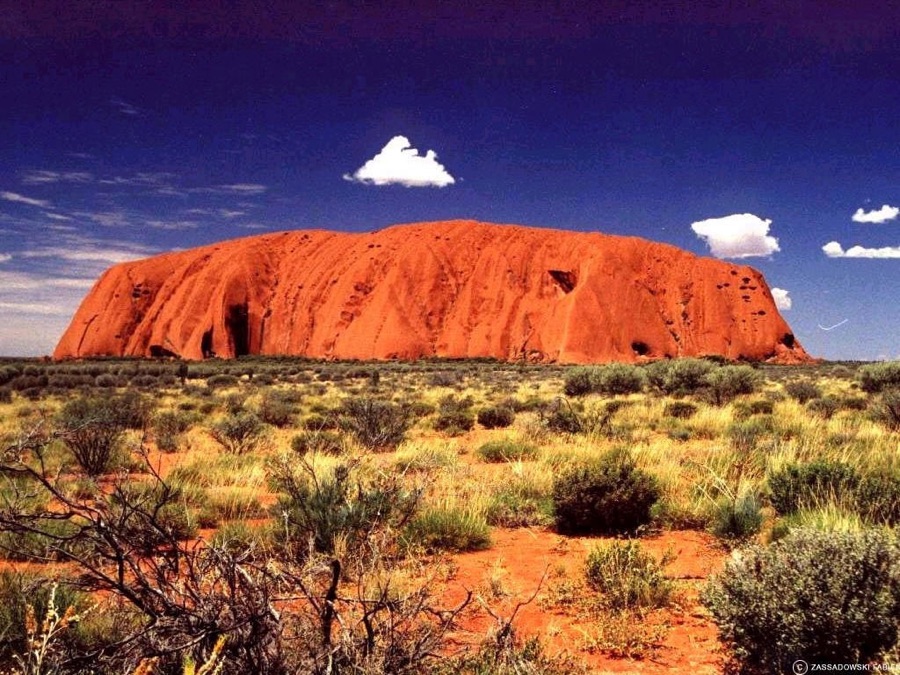
Uluru (Ayers Rock) and Kata Tjuta (Mt Olga) are amongst the world's great natural wonders. Uluru is the biggest monolith in the world, and encountering it for the first time is quite an experience. The Olgas are quite different in appearance with their conglomerate rock and 36 domes.
Ayres Rock "Sounds Of Silence" Dining
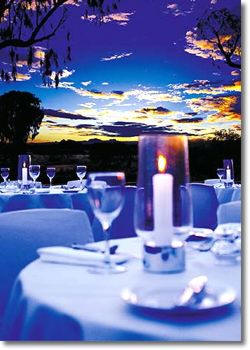
Take a slice of kangaroo, a tad of emu and add some of the most delicious fish in the world - barramundi. The only bush tucker which appears to be missing from the Sounds of Silence dining table is camel.
An Aboriginal didgeridoo player forms the welcoming committee. The didgeridoo (or didjeridu) is a wind instrument of the Indigenous Australians of northern Australia. It is sometimes described as a natural wooden trumpet or "drone pipe". Musicologists classify it as an aerophone.
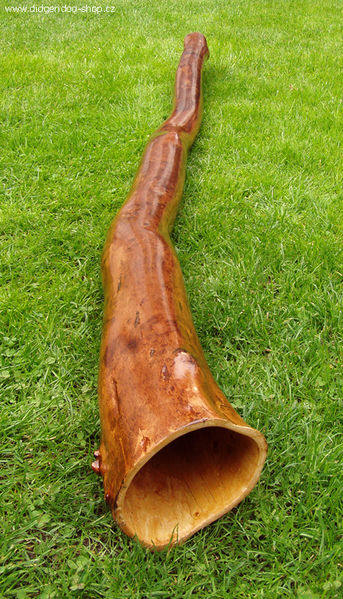
A didgeridoo is usually cylindrical or conical in shape and can measure anywhere from 1 to 2 meters in length with most instruments measuring around 1.2 meters. Instruments shorter or longer than this are less common. Generally, the longer the instrument, the lower the pitch or key of the instrument. Keys from D to F♯ are the preferred pitch of traditional Aboriginal players.
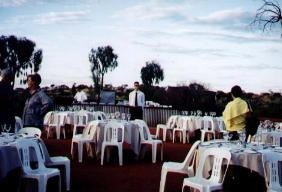
Welcome to Central Australian cuisine, - where, with a glass of fine South Australian wine and “silver service” - we are dining desert style. The sun is setting over Ayers Rock and the even more spectacular Olgas. Guests of Ayers Rock Resort have been bussed into their desert vantage point - and for what is full-on service.
It's hard to imagine that we are actually in the very heart of the largest continent on earth, a stones throw from Ayers Rock. The red dust of the desert sand covering our shoes, another chardonnay in hand, we are about to dine from a table setting of starched white table cloth and a full array of “working tools”. (Remember John, start from the outside and work in.) It’s almost dark, and there’s been one too many chardonnays, but nobody seems to be particularly watching anyone's table manners. There’s just too much happening.
The breeze is cooling the face - it’s been another dry hot day. The steaks sizzle and the sun sets beyond the Rock and it's time for dinner!
This daily evening experience is very special.
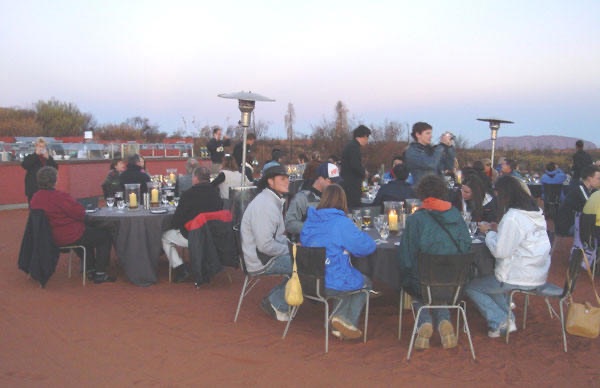
Sounds of Silence is another of the novel dining experiences offered to visitors into Central Australia. The bush foods are well to the fore. A bush-blend vegetable soup, choice cuts of shall we say the more unusual (but exceptionally tasty) meats, unique chutneys and relishes, and then a choice of Australian desserts - pavlova or macadamia nut pudding.
The only sounds coming from gas lanterns, which after dinner are extinguished, and then we are left with just the desert sounds. An occasional dingo breaks the silence with a mournful howl.
The stars are at their brightest. Out with the powerful telescopes and an introduction to the heavens which belong to Central Australia. The astronomer, didgeridoo player, food and wines (even an after dinner port with the tea or coffee) - all part of the A$80 fee.
Next Destination, Cairns
Cairns is the next stop on our trip! We left the outback on Quantas Airlines on a Boeing 737. Qantas Airways Limited (pronounced ['kwɒntəs]) is the name and callsign of the national airline of Australia. It is the world's third oldest continuously running airline.
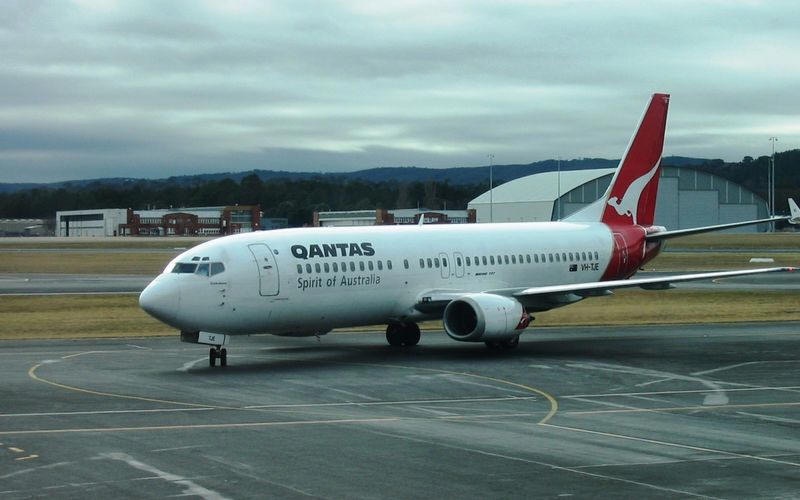
Off we go on Quantas
